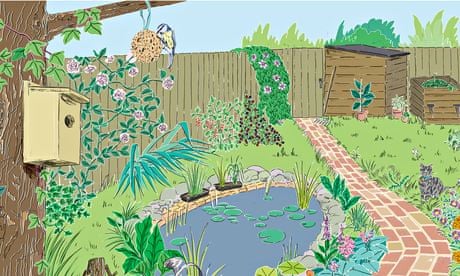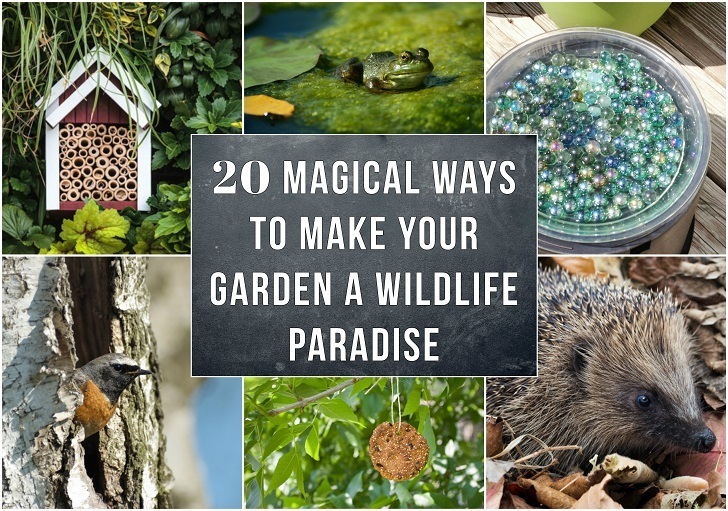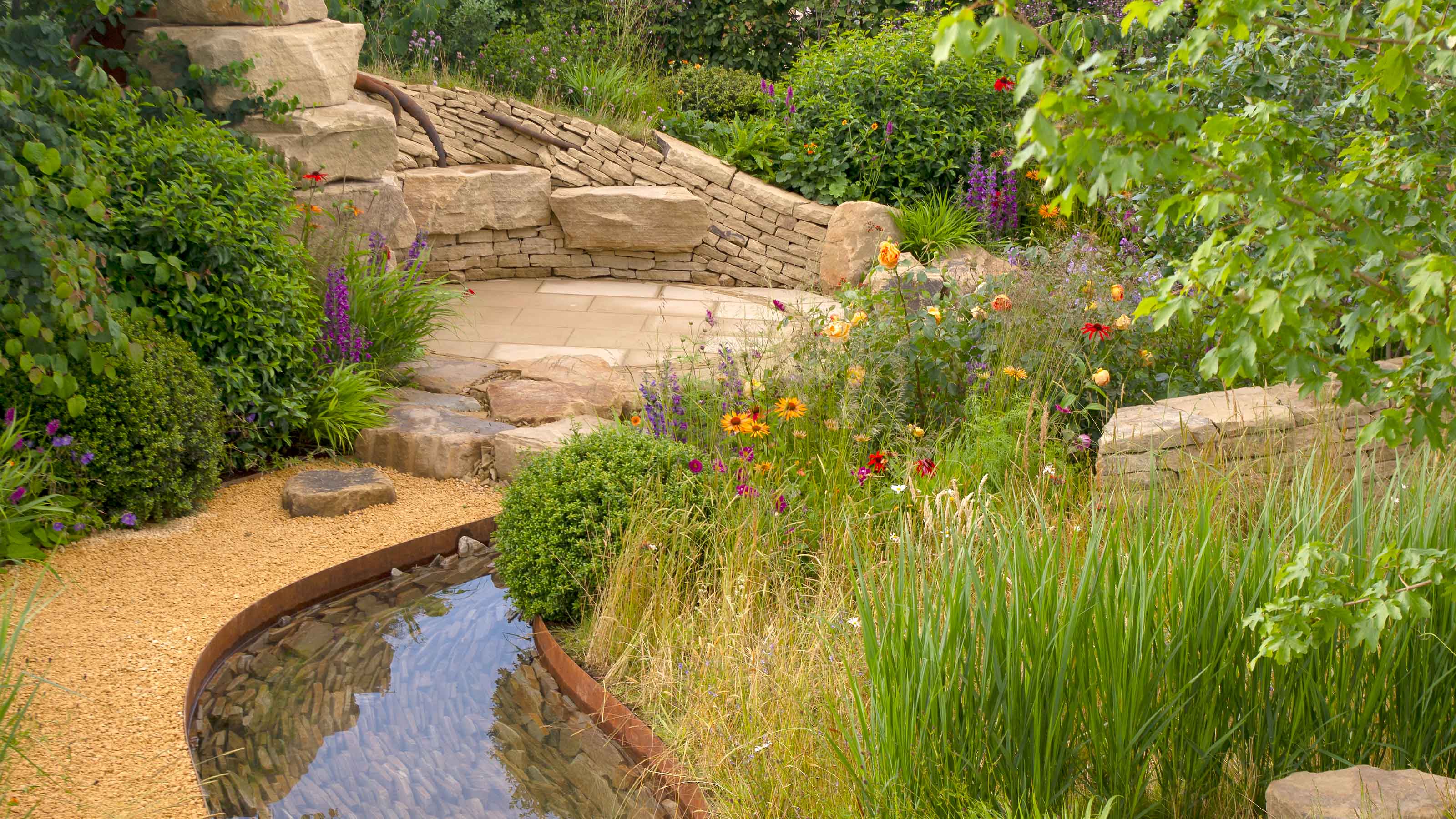How to Make a Wildlife Garden: Creating a Haven for Nature
Introduction
Creating a wildlife garden is not only a rewarding endeavor for nature enthusiasts but also a crucial step towards preserving biodiversity. By providing a welcoming habitat for wildlife, we can contribute to the conservation of various species and promote a healthy ecosystem. In this article, we will explore the steps and strategies to transform your garden into a thriving wildlife paradise, ensuring that both flora and fauna flourish in harmony.
1. Understanding the Importance of a Wildlife Garden (H1)
Before diving into the practical aspects, it is essential to comprehend the significance of a wildlife garden. By creating a sustainable ecosystem within your backyard, you contribute to the preservation of native species and aid in maintaining the delicate balance of nature. Wildlife gardens provide vital habitats for birds, butterflies, bees, and other important pollinators, ultimately supporting overall environmental health.
2. Assessing Your Garden’s Potential (H2)
Before embarking on your wildlife garden journey, it is crucial to assess your garden’s potential. Consider factors such as soil type, sunlight exposure, and available space. These aspects will help determine the specific plants, features, and wildlife that will thrive in your garden. Conducting a thorough analysis ensures that your efforts are tailored to your garden’s unique characteristics.
3. Choosing Native Plants (H2)
Native plants play a vital role in any wildlife garden. They provide food, shelter, and breeding grounds for various species. Selecting a diverse range of native plants, including trees, shrubs, and flowers, ensures a year-round supply of nectar, pollen, berries, and seeds. Additionally, native plants have adapted to the local climate and require less water and maintenance, making them ideal for a wildlife garden.
4. Providing Shelter and Nesting Sites (H2)
Creating a wildlife-friendly garden involves offering ample shelter and nesting sites for animals. Incorporate features such as birdhouses, bat boxes, hedgehog houses, and log piles to provide safe havens for birds, small mammals, and insects. By offering these habitats, you encourage biodiversity and provide opportunities for wildlife to breed and raise their young.
5. Water Features and Ponds (H2)
Water is a fundamental requirement for wildlife, so it’s important to include water features in your garden. Installing a small pond or birdbath attracts various creatures, including birds, frogs, and insects, providing them with a reliable water source. Ensure the water feature has gradual slopes for easy access and consider adding water plants to enhance its ecological value.
6. Providing Food Sources (H2)
A wildlife garden should have a range of food sources to attract different animals. Planting a variety of flowering plants ensures a continuous supply of nectar for bees and butterflies. Additionally, consider including berry-producing plants, such as blackberries and raspberries, which attract birds and small mammals. You can also install feeders for birds and provide fallen fruit for ground-feeding animals.
7. Avoiding Chemicals and Pesticides (H2)
To maintain a healthy and thriving wildlife garden, it is important to avoid the use of harmful chemicals and pesticides. These substances can disrupt the delicate balance of the ecosystem and harm beneficial insects and wildlife. Instead, opt for organic and natural alternatives to control pests and maintain the health of your garden’s inhabitants.
8. Managing Your Garden Sustainably (H2)
Sustainable garden management practices are crucial for the long-term success of your wildlife garden. Implement techniques such as composting, mulching, and water conservation to minimize waste and environmental impact. Regular maintenance, such as pruning and weeding, ensures the health and vitality of your plants, creating an optimal environment for wildlife.
9. Incorporating Wildlife-Friendly Structures (H2)
To create additional opportunities for wildlife, consider incorporating specific structures into your garden design. Bird feeders, insect hotels, and butterfly-friendly plants attract a wider array of species. Create diverse habitats by incorporating rockeries, fallen logs, and long grass areas. These structures mimic the natural environment and provide additional food and shelter options.
Conclusion
Creating a wildlife garden is a fulfilling and environmentally impactful endeavor. By following the steps outlined in this article, you can transform your garden into a haven for various forms of wildlife. Embrace the beauty of native plants, provide essential resources, and practice sustainable gardening methods to encourage biodiversity and contribute to the conservation of our natural world.
FAQs:
1. How long does it take for a wildlife garden to attract wildlife?
– The time it takes for wildlife to colonize your garden can vary but usually ranges from a few weeks to a few months, depending on various factors such as proximity to natural habitats and availability of suitable resources.
2. Can I create a wildlife garden in a small urban space?
– Absolutely! Even in small urban spaces, you can create a wildlife-friendly oasis. Utilize containers, vertical gardening techniques, and compact native plants to maximize the potential of your limited space.
3. Are all insects beneficial for a wildlife garden?
– While many insects contribute positively to the garden ecosystem, some can be considered pests. It is essential to identify and understand the role of different insects to strike a balance in your wildlife garden.
4. How can I attract butterflies to my garden?
– To attract butterflies, plant nectar-rich flowers such as lavender, buddleia, and marigold. Creating butterfly-friendly habitats, such as including mud puddling areas and larval host plants, will also entice these beautiful creatures.
5. Are wildlife gardens high-maintenance?
– Wildlife gardens can be low-maintenance if planned well. Once the ecosystem is established, it requires minimal intervention. However, regular monitoring and occasional maintenance tasks such as pruning and cleaning are necessary for continued success.
Gallery
How To Make A Wildlife Garden – And Then We All Had Tea: My Friday

Photo Credit by: bing.com /
How To Make A Wildlife-friendly Garden | Wildlife | The Guardian

Photo Credit by: bing.com /
20 Magical Ways To Make Your Garden A Wildlife Paradise

Photo Credit by: bing.com / attract naturallivingideas
Creating A Wildlife Garden – The Reading Residence

Photo Credit by: bing.com / wildlife garden creating small
Wildlife Garden Ideas: 25 Ways To Transform Your Plot Into A Nature

Photo Credit by: bing.com / transform gardeningetc







